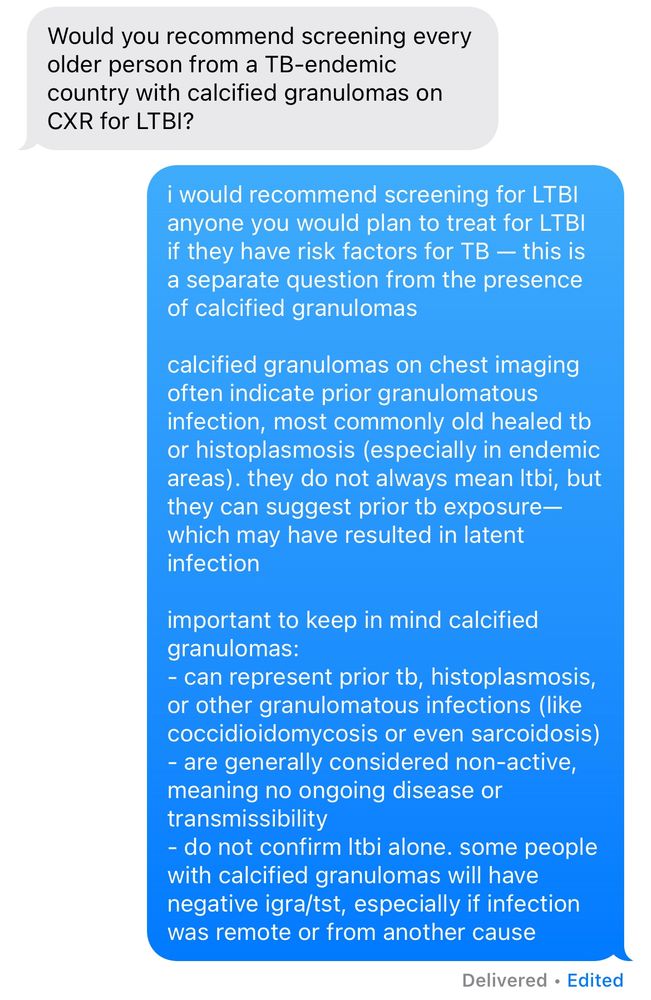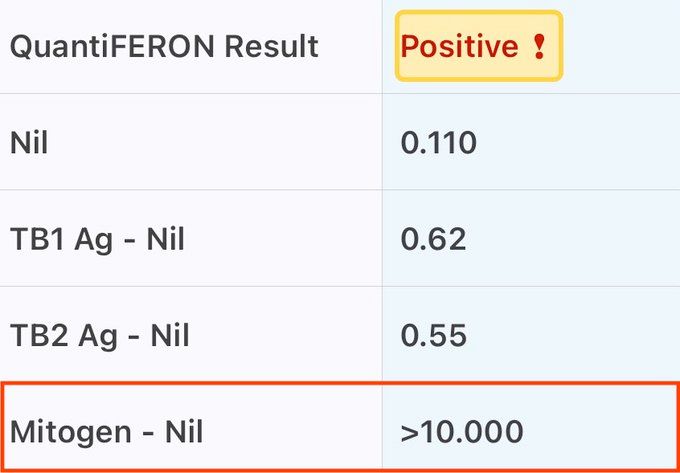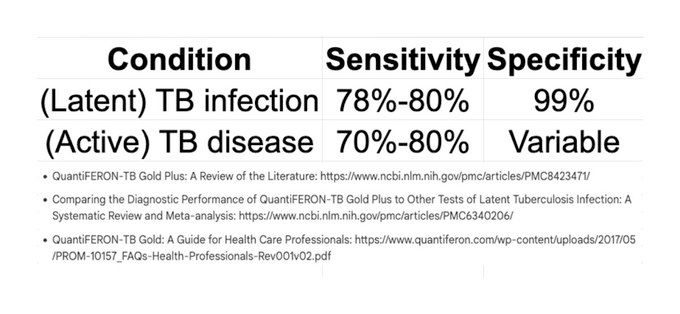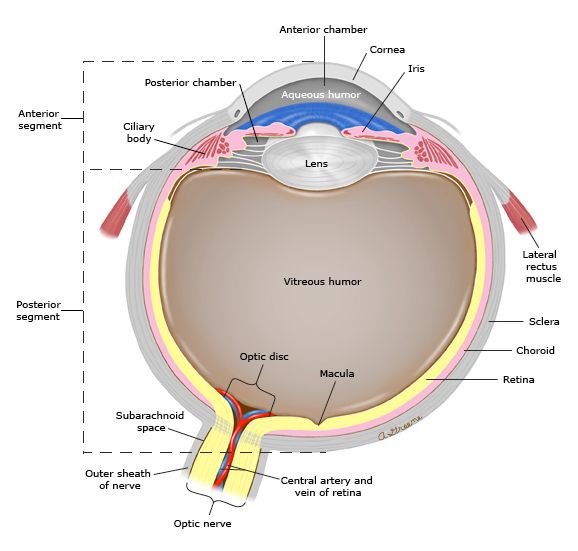
NYU Clinical Asst Professor of ID @ Bellevue Hospital
Loyola Med/Peds & Stanford ID
❤️: TB, ID, med ed, public health, health equity, immigrant safety/rights
Views = mine = great, & ≠ my employers' | 🏳️🌈
if this becomes commonplace, its absence could be taken by some to mean “undocumented”

if this becomes commonplace, its absence could be taken by some to mean “undocumented”



this level of eosinophilia is dangerously high! this patient needs an urgent eval for infectious and hematologic etiologies

this level of eosinophilia is dangerously high! this patient needs an urgent eval for infectious and hematologic etiologies
NYC’s current prevalence is 9.5/100k
US national prevalence is ~3/100k
at a time when global and national TB control resources are extremely vulnerable #TBsky

NYC’s current prevalence is 9.5/100k
US national prevalence is ~3/100k
at a time when global and national TB control resources are extremely vulnerable #TBsky
medicaid provides health insurance to over 80 million americans (nearly 1 in 4 people / almost 25% of the population!), including low-income families, pregnant people, children, elderly individuals, & people with disabilities




medicaid provides health insurance to over 80 million americans (nearly 1 in 4 people / almost 25% of the population!), including low-income families, pregnant people, children, elderly individuals, & people with disabilities
please consider joining tomorrow if relevant to your patient population (it likely is!)

please consider joining tomorrow if relevant to your patient population (it likely is!)

s/p disarticulation of distal phalanx with concern for ongoing osteo more proximally
culture results and AST in image: what’s your regimen for the MSSA + A baumanii? would you use TMP/SMX monotherapy? TMP/SMX + cipro? doxy + cipro?
DM, no CKD #IDSky

s/p disarticulation of distal phalanx with concern for ongoing osteo more proximally
culture results and AST in image: what’s your regimen for the MSSA + A baumanii? would you use TMP/SMX monotherapy? TMP/SMX + cipro? doxy + cipro?
DM, no CKD #IDSky





Patient:
1. lymphopenia (esp ↓ T cells)
2. inability for lymphocytes to proliferate
3. inherited/acquired inability to produce IFN-γ
4. interfering substance (eg, heterophile Ab)
Lab:
5. lab-related technical issues (see image)
6/10

Patient:
1. lymphopenia (esp ↓ T cells)
2. inability for lymphocytes to proliferate
3. inherited/acquired inability to produce IFN-γ
4. interfering substance (eg, heterophile Ab)
Lab:
5. lab-related technical issues (see image)
6/10
(1) lab technical issues (reagent storage, blood collection, handling), or
(2) the patient has "too much" IFN-γ in the background (eg, from another inflammatory condition; this is less common)
5/10

(1) lab technical issues (reagent storage, blood collection, handling), or
(2) the patient has "too much" IFN-γ in the background (eg, from another inflammatory condition; this is less common)
5/10
now, let's look at TB1 & TB2—these are TB-specific ag groups which stimulate CD4 & CD8 responses (resp).
if *both* TB1/TB2 → ↑ IFN-γ prdxn (>0.35 IU/mL), the test is ➕
9/10

now, let's look at TB1 & TB2—these are TB-specific ag groups which stimulate CD4 & CD8 responses (resp).
if *both* TB1/TB2 → ↑ IFN-γ prdxn (>0.35 IU/mL), the test is ➕
9/10
now let's look @ the nil, or the background level of IFN-γ in the pt's serum (➖ control): it should be <8 IU/mL (is often <1); ↓er = better!
↓ nil = this pt doesn't have too much IFN-γ in the background
8/10

now let's look @ the nil, or the background level of IFN-γ in the pt's serum (➖ control): it should be <8 IU/mL (is often <1); ↓er = better!
↓ nil = this pt doesn't have too much IFN-γ in the background
8/10
4 values: mitogen, nil, TB1, & TB2 (pic)
@ bottom, mitogen is a nonspecific (not TB) stimulator of T cell proliferation (➕ control): it should be >2 IU/mL, but ↑er = better!
↑ mito = this pt's T cells can proliferate & release IFN-γ *in general*
7/10

4 values: mitogen, nil, TB1, & TB2 (pic)
@ bottom, mitogen is a nonspecific (not TB) stimulator of T cell proliferation (➕ control): it should be >2 IU/mL, but ↑er = better!
↑ mito = this pt's T cells can proliferate & release IFN-γ *in general*
7/10
- a ➕ test cannot distinguish bw (latent) TB infxn & (active) TB dz
all test results = probability titrations!
sensitivity & specificity vary widely by tested population (eg, US vs India); here are some ranges:

- a ➕ test cannot distinguish bw (latent) TB infxn & (active) TB dz
all test results = probability titrations!
sensitivity & specificity vary widely by tested population (eg, US vs India); here are some ranges:
TB can affect any organ (except hair & nails), including the 👁️
any part of the 👁️ can be affected, eg:
- choroiditis/chorioretinitis/choroidal granuloma,
- optic neuritis/disc granuloma,
- subretinal abscess,
- orbital cellulitis,
- [necrotizing] scleritis
- keratitis, & others!

detecting resistance (R) in MTB:
- GeneXpert MTB/RIF: RIF R
- Pyrosequencing (PSQ): short reads of DNA; INH, RIF, & FQN R (not PZA)
- Sanger sequencing: long reads of DNA; many 1st/2nd-line drugs (incl. PZA)
- Whole genome sequencing (WGS): genus, species, most 1st/2nd-line drugs

why is cavitary pulmonary TB dz thought to have a higher risk of transmission than noncavitary dz?
- tendency toward ↑ bacillary (bacterial) load in cavity
- tendency toward sputum smear positivity
- higher risk of relapse & treatment failure
www.sciencedirect.com/science/arti...

why is cavitary pulmonary TB dz thought to have a higher risk of transmission than noncavitary dz?
- tendency toward ↑ bacillary (bacterial) load in cavity
- tendency toward sputum smear positivity
- higher risk of relapse & treatment failure
www.sciencedirect.com/science/arti...








